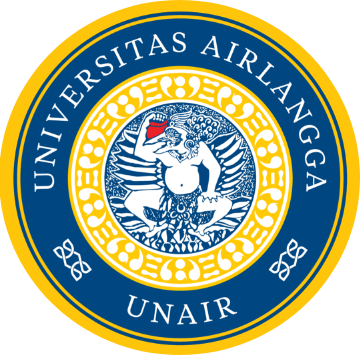Nowadays, the natural environment has been damaged and degraded severely. So, it is necessary to pay attention to its sustainability for the sake of human survival. In response to this phenomenon, green politics theory became one of the concrete and interesting solutions to be used as an instrument in studying, planning environmental programs, and creating environmental sustainability.
Political products that create green-based political regulations will lead us to efforts to save and improve the environment, as well as to optimize the use of eco-friendly environment based on sustainable development.
In green politics, the environment becomes resources that provides materials to meet the needs. These resources are at least divided into three sectors, namely natural resources, economic resources, and political resources.
As a natural resource, the environment provides raw materials to meet the basic needs of human life and or to ensure their survival. As an economic resource, the environment can become the driving force of the economy, both as a provider of raw materials or economic commodities as well as a provider of place for economic activity.
While as a political resource, the environment can influence and have a role in political processes, such as power shift process, decision making and execution process, and supervision process on the decision made.
In the context of Indonesia, green politics can be studied from the policies issued by the Indonesian government. But before looking at examples of government policies, it is important to consider the main tasks of government functions first. There are at least four functions of the Indonesian government that can be with this green political viewpoint.
First, the regulative function, to regulate the natural resource management procedures, including the requirements when exploiting natural resources. Even before carrying out the exploitation, an environmental impact assessment (AMDAL) must be carried out as an initial rule. For example, the government requires PT Semen Indonesia to conduct AMDAL before establishing a cement plant and exploitation of natural resources in the Kendeng mountains of Central Java.
Second, the allocative function. This function places various types of material and non-material benefits for the benefit of environmental sustainability. For example, the Indonesian government established several ministries whose duties deal with environmental issues, such as the Ministry of Environment, and the Ministry of Marine Affairs and Fisheries. APBN derived from taxes is also allocated to boost the performance and programs of the ministries.
Third, the distribution function. The government provides various material and non-material assistance for the sake of environmental sustainability and fulfillment of the people needs. For example, the Indonesian government through the Ministry of Maritime Affairs and Fisheries distributed 690 packages of assistance of environmentally friendly fishing gear to fishermen as a solution to overcome the rampant illegal fishing that damage the environment.
Finally, the extractive function, namely political decisions that give authority to the government to monopolize the absorption of natural resources for the sake of environmental sustainability and the fulfillment of community needs. For example, the government through the Ministry of Energy and Mineral Resources (ESDM), the Ministry of State Owned Enterprises (BUMN) and its subordinate companies directly manage the exploitation of resources in the Kendeng mountains for cement production.
Government policy in cooperation with Multinational Corporation (MNC) and Transnational Corporation (TNC) in industrialization that can be studied using this green politics. In explaining the government collaboration with MNC and TNC as an effort to realize upstream to downstream industrial schemes, green politics can be implemented as the basis of integration of industrial schemes.
Starting from the selection of raw materials, production processes, related services, to the final product, even to the recycling of industrial products. The environmental aspects of green politics are used as an analytical tool and a drive of Indonesia’s natural resources utilization efforts in other sectors that sustain the life of the state.
This is done by reducing the negative effects on the environment to a minimum or even (if possible) with no side effects on the environment at all.
By partnering with MNC and TNC, the government wanted to provide a worldwide, eco-friendly industry-wide investment, promotion, and industrial program. It is natural to be doubted, especially in terms of conservation and environmental preservation.
Therefore, it would be better if green politics can be present as a control mechanism against upstream to downstream industrial schemes, so that the development that will occur will be based on environmental aspects and sustainable development.
If the industrial development in Indonesia uses the green politics analysis, the development process will be imbued by the spirit of environmental conservation. One of the downstream chemical sectors that promote just economy in Indonesia, including rubber goods industry.
Based on data from the Ministry of Industry, the potential of domestic rubber goods industry, for example, is supported by the largest rubber plantation area in the world reaching 3.64 million hectares. While downstream sector, which includes the tire industry, rubber gloves, and automotive components, consists of 308 companies with a production capacity of 1.4 million tons per year.
Therefore, in the process, if it is supported by green politics it will make a series of environmentally friendly process and even later after the end products have produced, the scheme of recycling or waste processing will also be ready.
This attitude strongly supports the achievement of a just economy and sustainable development in Indonesia, so later on in its implementation, the government will reduce the barriers in the industrial sector and able to create a conducive investment climate in the country. (*)
Editor: Bambang Bes









